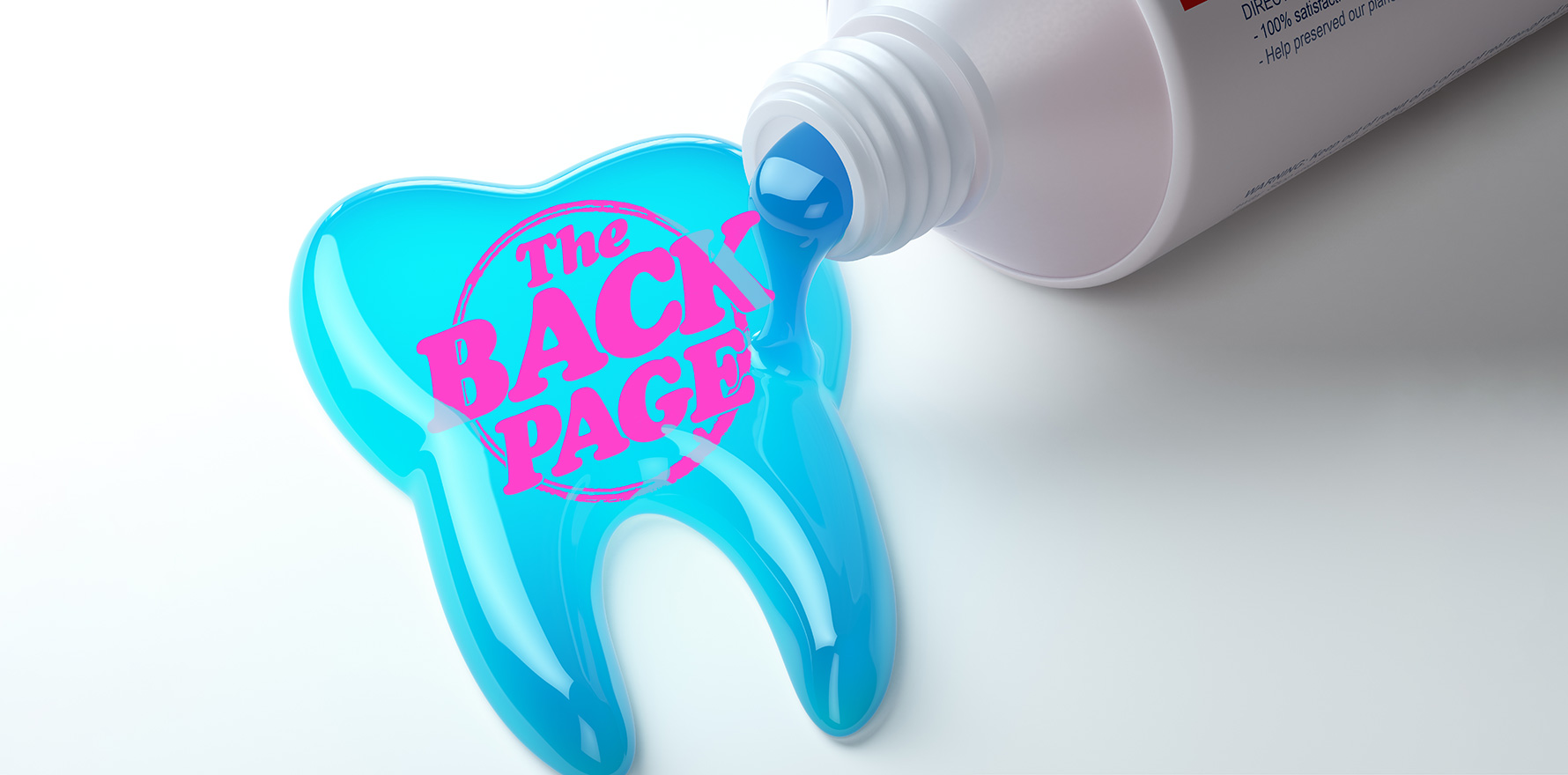A newly published AHHA issues brief suggests primary care is the place to tackle oral health care, but the question is how, says public health expert.
Denticare – a Medicare-like service for oral health care – should be the aim, but it will be an iterative process to get there.
Yesterday, the Australian Healthcare and Hospitals Association’s Deeble Institute for Health Policy Research released an issues paper titled ‘integrating oral health into primary healthcare for improved access to oral health care for rural and remote populations’.
The brief collated information on issues, particularly for rural and remote and Indigenous Australians, in accessing oral health care, namely maldistribution of oral health services and a constrained dental workforce supply in these areas.
The brief found that integrating oral health promotion, screening and non-invasive preventive care provision into primary care could have far reaching effects.
“Primary care providers are often the first point of contact for health services in rural and remote communities and are well positioned to provide basic oral health care,” said AHHA chief executive Kylie Woolcock.
“This could include screening for risk factors, oral health education, provision of non-invasive preventative interventions, and referral.
“However, limited oral health knowledge and skills and boundaries to professional scopes of practice curb the possibility of leveraging existing primary healthcare resources for oral health care provision.”
Speaking to The Medical Republic, Adjunct Associate Professor at the Menzies Centre for health policy and economics Lesley Russell said, “in essence, what the brief says is, ‘GPs should pay more attention to patients’ mouths’”.
“And yes, I couldn’t agree more. But the question is, how do you do that?” she said.
According to Professor Russell, it starts with integrated training between dental professionals, doctors, nurses and even pharmacists – anyone forming part of the primary care team.
A focus on prevention and education on the importance of oral hygiene for wider health was also integral.
“We need to have a better, more affordable, more accessible prevention program that starts really early in children, but also educates the parents about why it’s so important not to only go to the dentist when you’ve got a toothache,” said Professor Russell.
Related
While Medicare supports the current children’s dental program, it remained largely “underutilised”, added Professor Russell.
According to Professor Russell, while the goal should eventually be a Medicare-like support system for oral health care, “Denticare”, or incorporation of dentistry into Medicare, getting there would need to be an iterative process.
“That would be the final goal, because I think in the end, if done right, there would be an economic case that says, ‘This is justified in terms of savings elsewhere in the system’. But if you look at going directly from A to Z in one step, it’s costed at between $7 and $12 billion each year,” she said.
“I don’t think you can go from where we currently are to a full-scale dental care program in one step, it’s far too expensive to do that.”
In the interim, Professor Russell suggested that health checks could be broadened to include the mouth and particular populations could be supported through Medicare for oral health care, such as those with relevant chronic conditions like cancer, HIV/AIDS and diabetes – and Indigenous communities.
“It’s not often I quote the US as an example of ‘how to do it’, but under Medicaid, which is the health care program for low-income people in the US, there’s a program that’s called early preventive screening, diagnosis and treatment for kids,” she said.
“Dental is included in as part of EPSDT in Medicaid – I think it could be done here.”
Expanding the scope of the workforce may also help, said Professor Russell. For example, using dental technicians to do fluoride applications.
“Ideally, you’d have a dentist or at least a dental technician within an Aboriginal Community Controlled Health Organisation or a primary care practice,” she said.
“I’m not aware of any example of that in Australia.”





